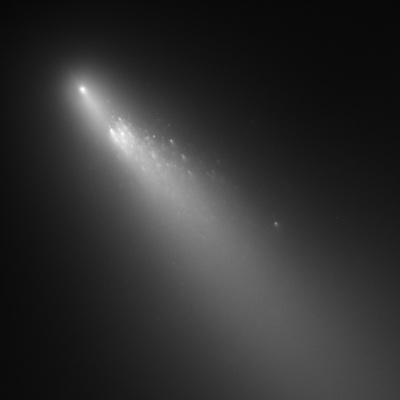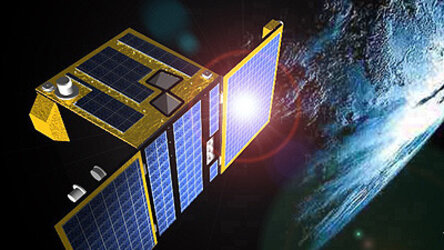Cleaning up with space tech
There’s just about nowhere that state-of-the-art space technologies cannot reach – from the martian atmosphere to those hard-to-clean spots under the couch. The search for space dust is giving us cleaner homes.
Just ask Heinrich Iglseder, the Austrian scientist who created a technique to study dust in space that is now being used in a super-efficient Miele household vacuum cleaner.
“Dust particles in space are very important to get information about how matter is generated in the cosmos,” explained Dr Iglseder.
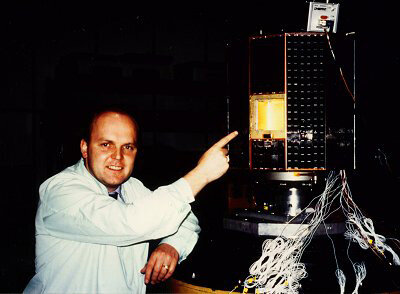
He invented a detector to measure interstellar dust’s chemical composition, speed and direction. It was sent into space three times as part of Japanese and US–German space missions. Thanks to his device, these missions identified ‘dust tails’ in space, where dust was concentrated at levels 100 to 1000 times higher than usual.
This is important to know because high-speed space dust can seriously damage satellite parts such as solar cells.
But there are other reasons to study space dust. “Interstellar particles are the seeds for human biological life,” explained Dr Iglseder.
Dust is a health problem
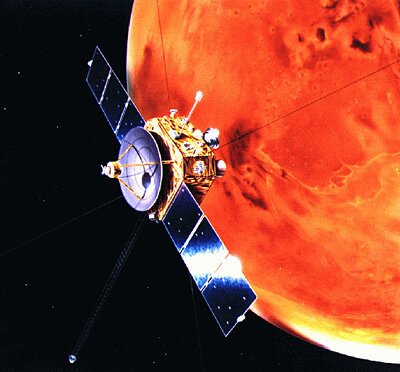
Here on Earth, dust – particularly the super-fine particles generated from human activities like diesel engine combustion – can have a deeply negative effect on people’s health.
“I have friends suffering from allergies,” Dr Iglseder said. “They came to me and said, 'can’t you do something about this problem?'”
As a result, he started looking into ways to reduce dust in people’s homes, and the biggest problem he found was the carpets.
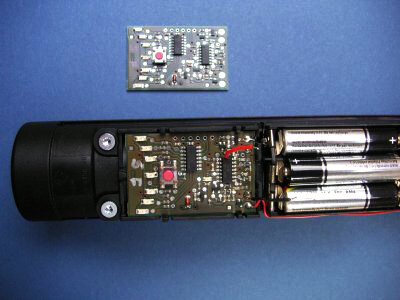
“Poisons like lead and cadmium, toxic particles and carcinogens accumulate in carpets. To get a hygienic environment, it’s absolutely necessary to clean the floors well.”
So Dr Iglseder adapted his space sensor for a regular vacuum cleaner. Coloured lights let you know if the area you are cleaning is actually dust-free, or still needs more work.
Miele incorporated this Allergotec Hygiene Sensor into their Medicair vacuum cleaner, geared towards people with allergies.

“I think it’s really practical,” said Miele press spokeswoman Reinhild Portmann of the straight-from-space technology.
“You have an objective measurement of how clean the floors are.”
Frank M. Salzgeber, Head of the ESA Technology Transfer Programme Office, adds: “To foster more of those kinds of transfers in Austria from space to non-space, we are now teaming up with the Austrian Research Promotion Association to establish the national Austrian Technology Transfer Programme initiative.”
“I expect that we will soon find more exciting projects and innovative transfers from Austrian companies.”
‘Green’ for all dust taken
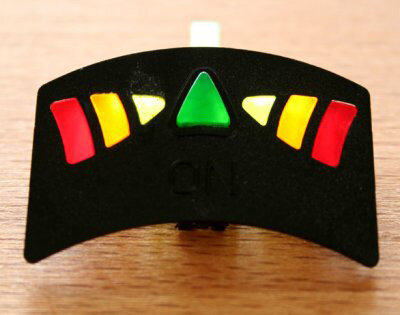
Dr Igelseder admits that it’s his wife who does the lion’s share of the vacuuming around their house – but says she likes the sensor.
Mounted in the vacuum cleaner manifold, his sensor checks the amount of dust passing. ‘Traffic lights’ on the nozzle show red for ‘still too much dust’, orange for ‘medium’, yellow for ‘slightly’ and green for ‘no more dust’.
“With the sensor, she can see that, in some areas, it’s clean after one or two strokes. In other areas, five or six strokes might be needed. She tells me she wouldn’t like to clean without the sensor now.”
More on ESA’s Technology Transfer Programme and its National Technology Transfer Initiative on ESA TTP website.


